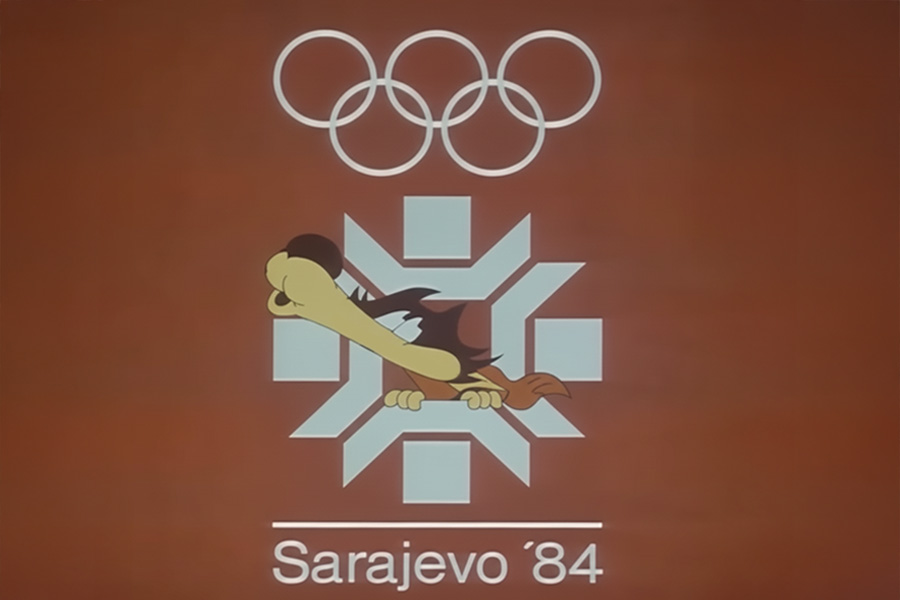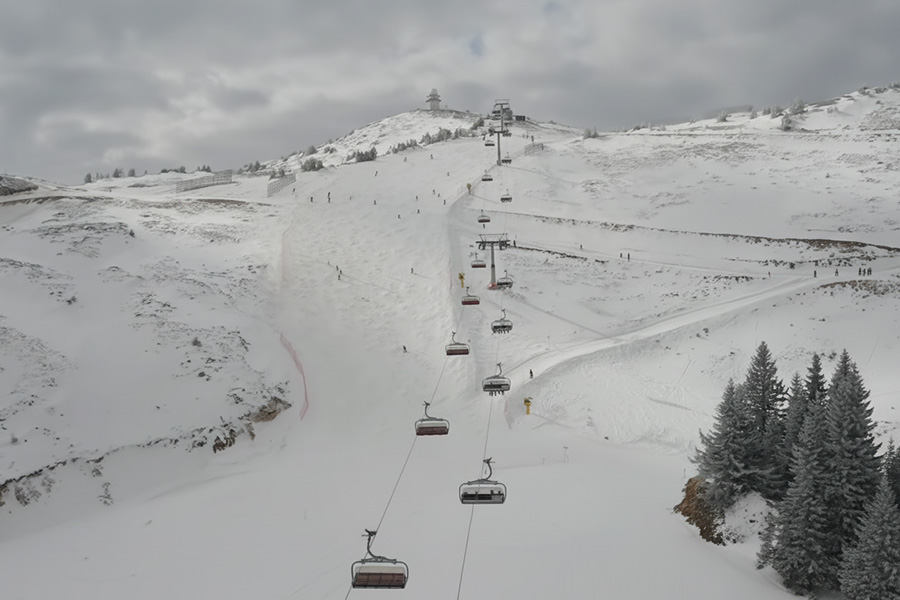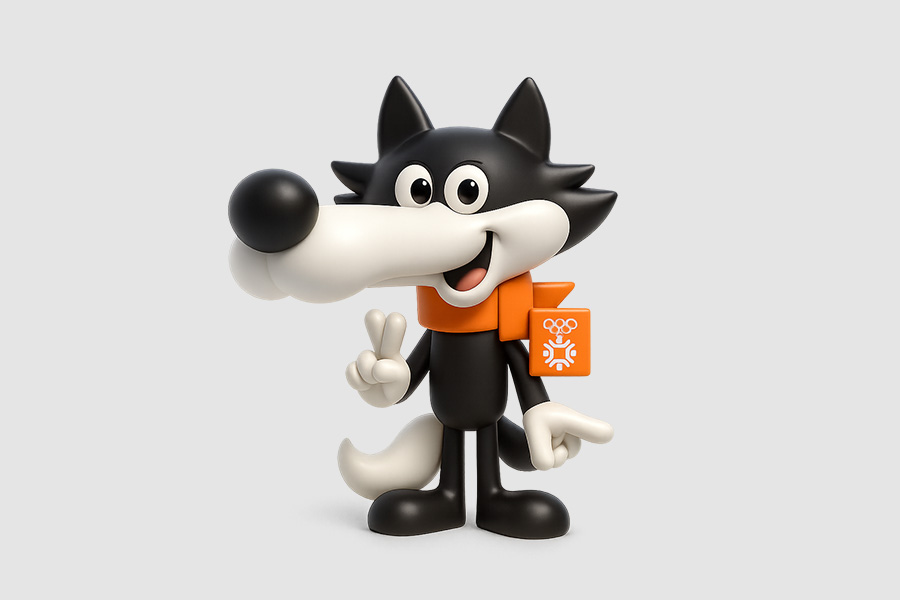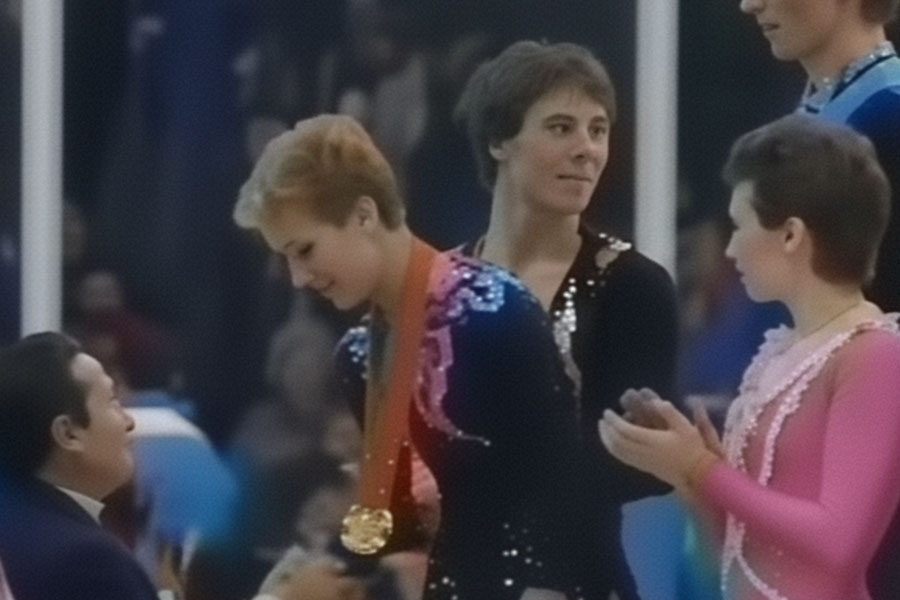Sarajevo is a city of stories, and one of its most special ones began in February 1984. That was the moment when, surrounded by mountains and valleys, this city became the host of the Winter Olympics. It was the time when Sarajevo shined before the entire world – when a small city in the Balkans proved it could stand shoulder to shoulder with the greatest world capitals. But the Olympics in Sarajevo were not just a sporting event. They were a symbol, a celebration of unity, and a chance to tell a story that still lives today. When people mention Sarajevo and the Olympics, it’s not only about dates and results – it’s about images, memories, and emotions that shaped generations.
Table of Contents
Sarajevo 1984: A City at the Center of the World

The 1984 Winter Olympics were the 14th edition of the Games and the first to be held in a socialist country. For Yugoslavia it was a moment of pride, and for Sarajevo the biggest stage it had ever seen.
There were 49 nations competing, with over 1,200 athletes (274 women and 998 men). The competitions were held in 39 events across six sports, with a total of 39 sets of medals awarded.
Those days, Sarajevo was filled with flags, music, and smiles. For many locals, it was the first time meeting people from Japan, Canada, the U.S., or Finland – not through television, but in their own streets.
And at the heart of it all were the sporting venues that made Sarajevo such a unique host.
Olympic Venues: The City and the Mountains as One

One of Sarajevo’s great advantages was that all Olympic venues were within 30 kilometers of the city center. The urban and the natural worked together – the city and the mountains became one.
- Koševo Stadium (today the Asim Ferhatović Hase Stadium) – the opening and closing ceremonies.
- Zetra Hall (today “Juan Antonio Samaranch”) – figure skating and speed skating.
- Skenderija Hall – ice hockey.
- Jahorina Mountain – women’s alpine skiing events.
- Bjelašnica Mountain – men’s alpine skiing (downhill, giant slalom, slalom).
- Igman (Malo Polje) – cross-country skiing and biathlon.
- Igman (Veliko Polje) – ski jumping.
- Trebević Mountain – bobsleigh and luge track.
Looking at this map of venues, it’s easy to see why the Sarajevo Olympics were unique – few Games had competitions so close together, yet each in a perfect natural setting.
Sarajevo Olympic Bobsleigh and Luge Track
Source: Youtube channel Miroslav Divčić
On Trebević Mountain, a brand-new bobsleigh and luge track was built – one of the most modern in Europe at the time. Here, four bobsleigh events and two luge races were held, with athletes reaching speeds of up to 120 km/h.
Fans gathered along the snowy hills to watch the sleds fly past in a blur of ice and speed. For many, it was the most exciting venue of the Games. Today the track looks different. Damaged during the war, later used for military purposes, and now covered in graffiti, it still stands – a reminder of Sarajevo’s Olympic days. Once a symbol of competition and unity, later a scar of conflict, today it is a tourist attraction that once again brings people together, cameras in hand instead of sleds.
Sarajevo Olympic Mascot

No Olympics are complete without a mascot, and Sarajevo had one of the most beloved of all time – Vučko, the smiling gray wolf.
Vučko was more than just a cartoon figure. He became a symbol of friendship and warmth, the smile of Sarajevo sent to the world. His simplicity and charm made him one of the most popular Olympic mascots ever.
He was everywhere – on badges, posters, souvenirs, and TV. Children adored him, adults still remember him with nostalgia. Vučko showed that even a wolf – often seen as dangerous – could be a friend.
And just like Vučko brought people together, the Games themselves connected the city and the mountains, sport and daily life.
Memorable Moments of the Sarajevo Olympics
Yugoslavia did not win medals, but Sarajevo gave the world unforgettable sporting moments.
- Torvill and Dean from Great Britain won gold in ice dancing with their now-legendary performance to Bolero. It remains one of the most famous figure skating routines in history.
- Bill Johnson from the United States shocked the world by winning gold in the men’s downhill on Bjelašnica – the first American ever to win that event.
- Marja-Liisa Hämäläinen from Finland dominated cross-country skiing, taking three golds and one bronze.
These moments weren’t just sporting victories – they placed Sarajevo firmly into the history of Olympic legends.
Medal Statistics at the Sarajevo 1984 Olympics

At the Sarajevo Games, a total of 222 medals were awarded (74 gold, 74 silver, 74 bronze). Out of 49 nations, 17 made it onto the medal table.
The most successful countries were:
- 🥇 East Germany (GDR) – 9 gold, 9 silver, 6 bronze = 24 medals
- 🥇 Soviet Union (USSR) – 6 gold, 10 silver, 9 bronze = 25 medals
- 🥇 Finland – 4 gold, 3 silver, 6 bronze = 13 medals
- 🥇 USA – 4 gold, 4 silver = 8 medals
- 🥇 Sweden – 4 gold, 2 silver, 2 bronze = 8 medals
- 🥇 Norway – 3 gold, 2 silver, 4 bronze = 9 medals
- 🥇 Switzerland – 2 gold, 4 silver, 2 bronze = 8 medals
- 🥇 Italy – 2 gold, 2 silver, 1 bronze = 5 medals
- 🥇 West Germany (FRG) – 2 gold, 1 silver, 1 bronze = 4 medals
- 🥇 Canada – 2 gold, 1 silver, 1 bronze = 4 medals
- 🥇 Czechoslovakia – 0 gold, 2 silver, 4 bronze = 6 medals
The Soviet Union won the most medals overall (25), while East Germany (GDR) took home the most golds (9).
Yugoslavia, despite being the host, did not win any medals, but it received global praise for the warmth of its welcome and the flawless organization.
The Olympic Spirit in the City and on the Mountains
Perhaps Sarajevo’s strongest contrast lies between 1984 and the years that followed. The city that symbolized unity and sport in 1984 became a symbol of war and siege less than a decade later.
But that contrast gives even more power to the Olympic story. Despite the destruction, Sarajevo preserved its best memory – the days when it welcomed the whole world.
And that’s why, when you walk its streets today, see the graffiti-covered bobsleigh track, or smile at a souvenir with Vučko, you’re touching a story that still lives.
Questions People Often Ask
What year was Sarajevo Olympics?
The Winter Olympics in Sarajevo were held in 1984.
What year were the Olympics in Sarajevo?
The Games took place from February 8 to 19, 1984.
When did Sarajevo host the Olympics?
Sarajevo hosted the 14th Winter Olympic Games in 1984, the first held in a socialist country.
What happened to Sarajevo after the Olympics?
After the Games, Sarajevo continued to live in the Olympic spirit until the war of the 1990s, when many venues were damaged or destroyed. Today, many have been rebuilt, and Sarajevo preserves its Olympic legacy through museums, monuments, and mountain resorts.
Our Most Popular Tours To Sarajevo
We offer many tours that include a visit to Sarajevo and its most popular locations:
- Sarajevo Siege Tour & War Tunnel 1992 / 1996 (Most Popular)
- Full Day tour from Sarajevo to Međugorije & Mostar
- Full Day Tour from Sarajevo to Travnik and Jajce
- Full-Day 5 Cities Tour from Sarajevo to Herzegovina (Mostar)
- Full day Tour from Sarajevo to Dubrovnik (Kotor or Split)
- Full Day tour from Sarajevo to Belgrade
Don’t Hesitate To Say Hi!
Got any questions about our tours or the city? Don’t hesitate to contact us anytime for more info and booking.
Use the following phone number and email:

